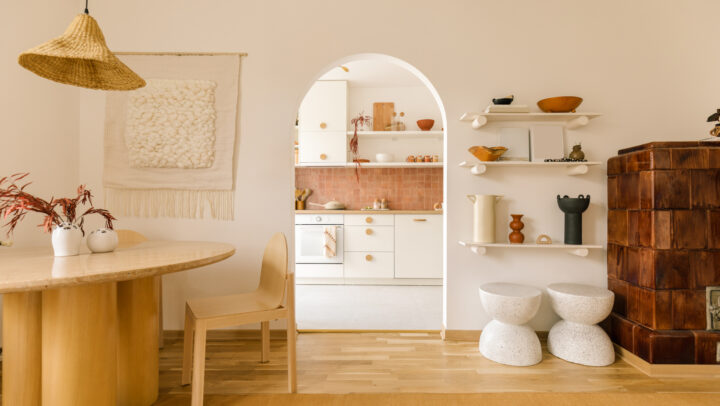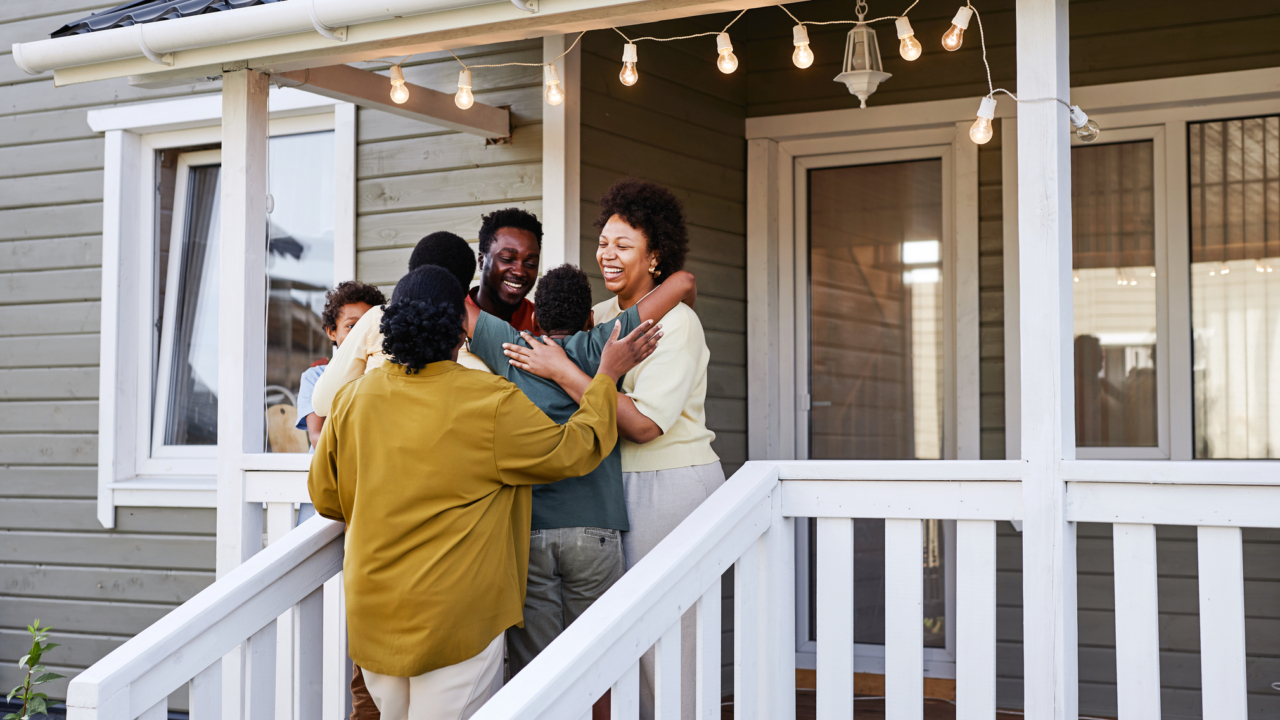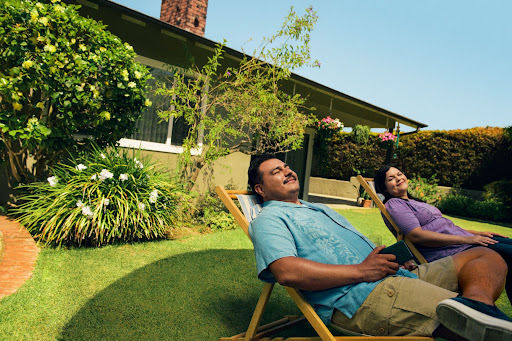6 Clever Home Projects to Make the School Year a Success
Good study habits are easier to build when you have a dedicated and attractive spot to hit the books.
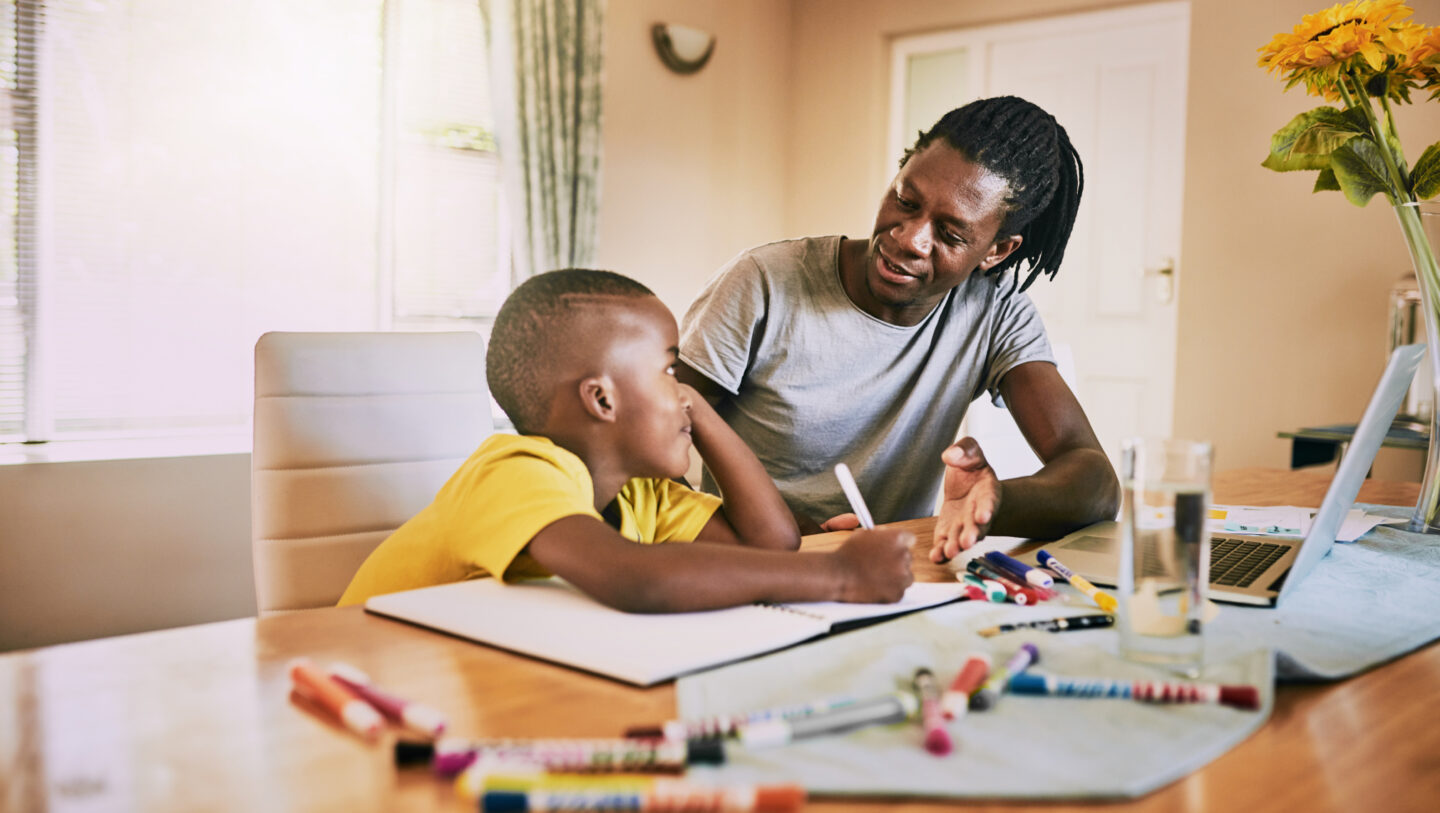
Written by Alexis Benveniste on August 24, 2025
You’ve nailed down a get-your-kids-to-school-on-time routine, but everyone could use a few minutes back at the end of each hectic morning. To help with this, we spoke to organization experts who have tips on how to optimize your home and routine for back-to-school season.
This list of home improvement projects will help streamline mornings at home — for you and your kids. Plus, they’ll make getting dressed for school and studying after school smoother for everyone.
1. Designate a self-service snack area
After-school snacking is a big part of going back to school. When your kids come home hangry, you want to make your life — and their lives — as easy as possible, so why not create a dedicated space for snacking in your home?
Accessible snack stations can help kids develop confidence and independence, professional organizer and coach Linda Samuels said. If you have the space, setting it up in the kitchen is ideal — whether you use open shelving, a closed cabinet or pull-out shelves, she added. Make sure it is located at a kid-friendly height, and use labeled, easy-to-open containers or open bins to organize snacks.
“Regardless of location, it’s important to keep the placement [of your snack area] consistent so everyone in the family knows where to look for snacks,” Anne Bauer, a professional organizer and owner of Sorted by Anna, said.
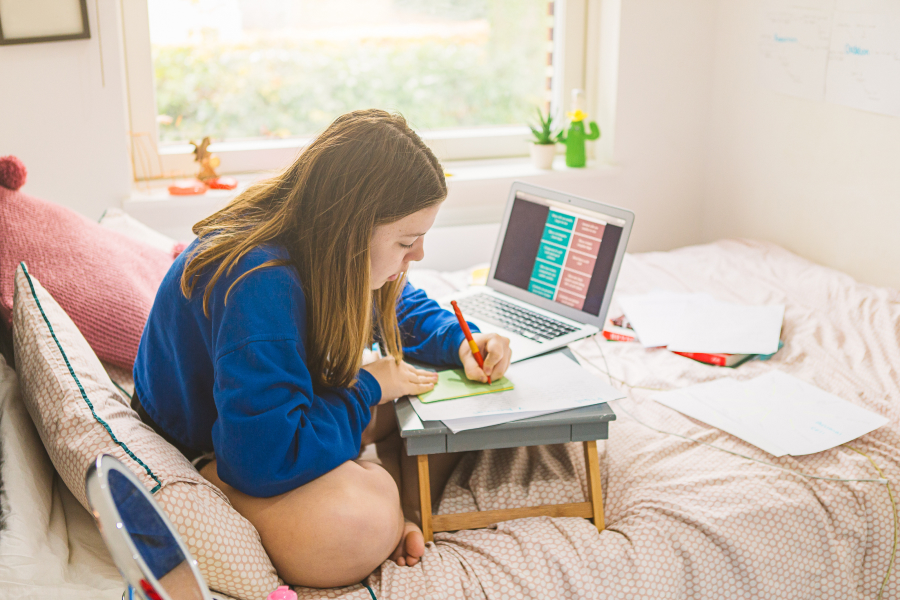
2. Set up a portable homework station
If your kids have a habit of doing homework at your dining room table, a portable homework station can help tackle those piles of paper and school supplies when they’re not studying.
“If your kids like to move around to various locations to do their homework, put together a portable tote, bin or rolling cart to hold the supplies,” Samuels said. This way, whether they prefer working at a desk, bed, or kitchen table, the supplies can easily travel with your kids.
Keep your homework station organized by reviewing your current school supplies inventory to see if any items need replenishing or replacing. When considering where to store it, consider your child’s age; younger children, for example, are more eager to be near their parents, Bauer said. In this case, parking the homework station near the kitchen or living room is ideal, and it can be tucked away when it’s not being used.
3. Use shoe hangers to arrange school outfits
Getting your kids dressed for school and out the door can be a struggle, but having an organized and intentional closet space can help. One place to start is to pick out your child’s clothes a day ahead of time. This will help you avoid negotiating an outfit with a picky dresser when they’re late for the school bus or tired of making decisions. Bauer suggests using soft-sided hanging shoe organizers with pockets or cubbyholes to organize outfits for each day of the week.
Of course, getting dressed can get easier once you know what outfits are great go-tos.
An important note: If you have more than one child, it’s crucial to spend time organizing with each child separately, Samuels said. If you haven’t already, go through closets and drawers and remove items that they won’t wear — whether they no longer like them, they no longer fit, or they need to be repaired or cleaned. Make a list of anything you might need and then remove and relocate any off-season clothes. Put them in boxes under your bed or another storage area if you’re still looking for more space.
Ultimately, it’s important to remember that “less is simpler to maintain than too much,” Samuels said, and factor in how often laundry is done. “Especially if it’s done frequently, you may not need as many clothes,” she said. “Getting dressed will be easier and less stressful when everything fits, is clean and organized.”
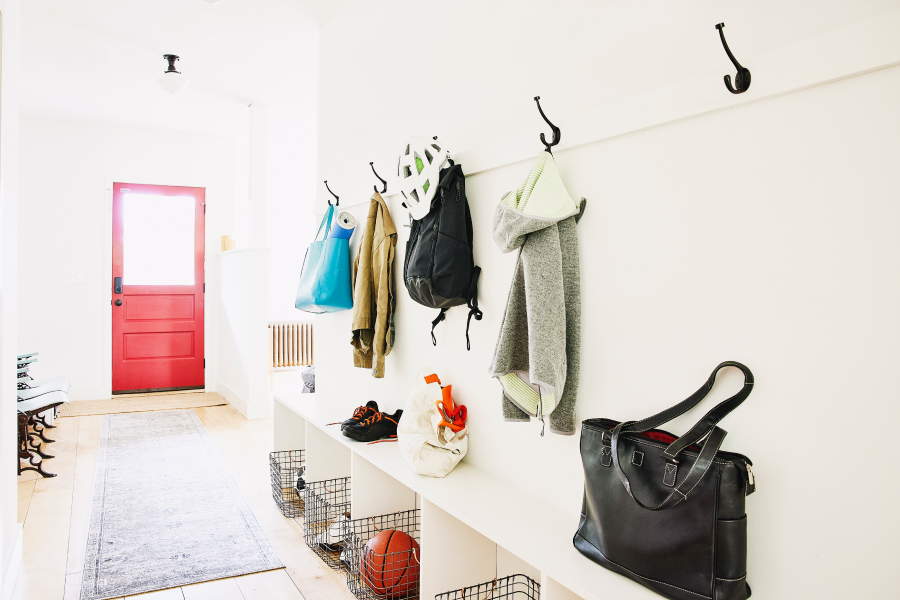
4. Transform your entryway into a landing pad
Getting kids out the door in the morning and welcoming them home at the end of the school day are important parts of the back-to-school routine. Having an optimized entryway at home can help make this part of your day a little easier.
“Create a landing spot for backpacks, coats and notes to reside,” Samuels recommended. “When kids leave and return home for the day, they’ll know where to find and put their belongings.” Cubbies and hooks both work well in entryways, if you have the space for them, but it’s important to remember to make them accessible in terms of the physical placement and height. The more accessible it is, the more likely your kids are to form a habit of putting their stuff where it belongs.
You can use the same landing spot to establish a home for school papers, using bins, binders, paper trays, boxes or any other container that’s accessible. “As art, graded papers or programs come in, encourage your kids to put them in the designated folder,” Samuels said, and when the box gets full, you can edit it down. “Keepers” can be stored in an oversized envelope that includes each kid’s name and grade and the year on the outside.
5. Create a communication center
Heading back to school often ushers in chaos, whether your kids are scrambling to do their homework or remembering to get a field trip form signed. Consider adding a whiteboard and a cork board to a high-traffic area like your kitchen, where you can leave notes, messages and essential information or items for your kids to remember, Samuels said.
Implementing a consistent routine is crucial if you want to make this work efficiently. “Before bed, have your kids bring all the needed items to the landing area for the following day,” she added.
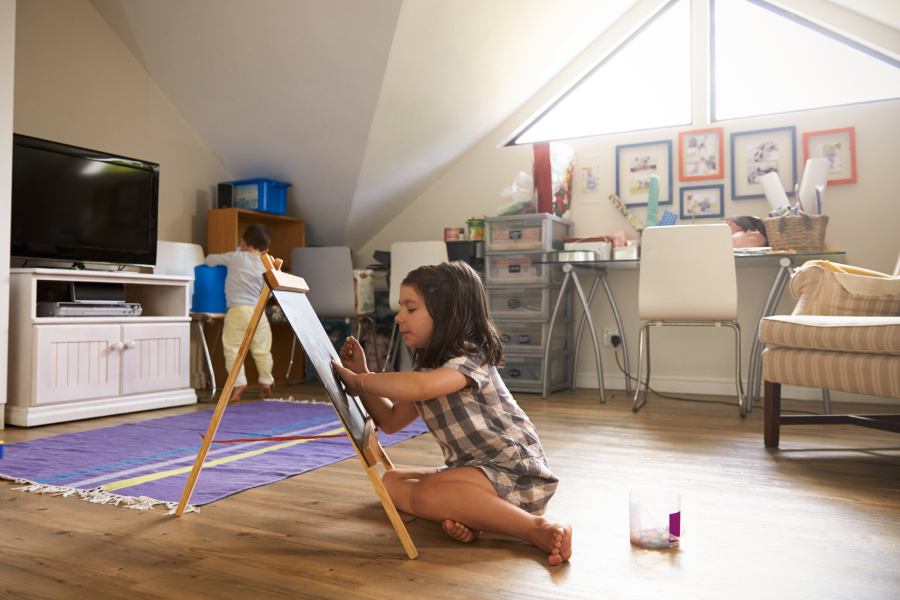
6. Don’t forget to designate a space for play
Heading back to school isn’t all about work, of course. Creating a space for your kids to play in is important, too, and keeping that area organized is essential.
“When your kids’ toys are all over the house, it’s an excellent time to consider corralling them in one area,” Samuels said. But before you do that, edit down your current toys, games and other playroom-worthy belongings.
If you have one, consider designating a bonus room to become a play zone, which helps keep toys in one clutter-free location. But before you make a significant change, test it out first, Samuels recommends. “Bring some often-used toys into that bonus room, encourage your kids to play there, and see how it goes,” she said.
If you don’t have an extra room to spare, consider using a portable play station. Grab a cart and fill it with the toys your kids love. This is particularly useful when you’re trying to make the most of small spaces and don’t want your home to be covered in toys. Or, if getting creative with the space you have is a challenge you find to be fun and exciting, consider turning an unused closet space into a nook for reading and playing.
Looking to spruce up your home after making it back-to-school friendly? Check out these interior design styles for some inspiration.
Ready for a new address?
Get an instant cash offer or list with a local partner agent.
Explore selling optionsRelated Articles
Sell your home with a winning strategy
Here’s how to maximize your home sale with the right selling plan.

Build a smart selling plan
Talk to your agent about their marketing approach - especially online - to ensure you’re getting the best possible price for your home.
